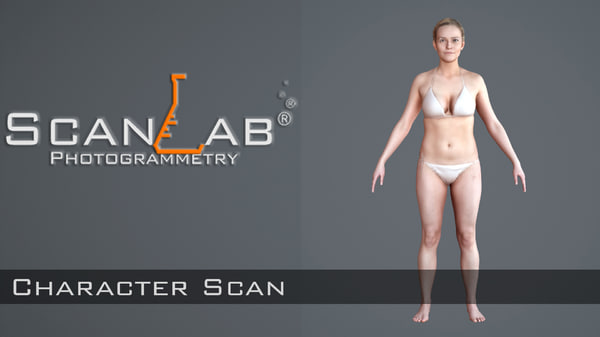
A propos de moi
How to Identify Mushrooms by their Spores
If you're interested to grow mushrooms but aren't sure what kind to pick Find out how to identify them by their spores. Learn about mushroom spore color form, shape, and print as well as how to grow mushrooms from spores. Here are some helpful tips for making your mushroom gardening experience a success:
Identifying a fungus by the spores of its
Identifying a mushroom by its fungus spores can be a effective method to identify the species you're interested in. For this it is necessary to look closely at the spores. Spores are microscopic structures that alter colour as the fungus matures. The spores of the young stage are white, while mature ones have dark brown. Read the description of the species in order to determine its spore color.
Spore prints are also helpful for identifying mushrooms. Some fungi are whitish or pink spores. others sport rust-brown or pinkish spores. The spores of a mushroom are light or brown is dependent on the mycological family it belongs to. Spore prints are often found on leaves, on the ground below their gills, or in their pores. Spore prints are especially frequent on mushrooms that grow in groups.
Identifying a mushroom by its spore color
To identify a mushroom by the color of its spores, take the time to look at its gills. The color of the spores of a particular mushroom is a diagnostic tool that helps you determine whether it is edible or poisonous. Alongside the color of the gills you can also determine the species using an spore print. To do this, cut off the cap of the mushroom near the base with the pores and gills facing downwards. Then, you should place one half of the cap on a light colored paper while the other half of the cap must be placed on a dark-coloured paper. Then, leave it for a night to check for the prints of spores.
Another way to determine the color of spores from a mushroom is to create the spore print. To do this, simply place a cap containing a mushroom gill side down on a half-black paper and half-white paper. Darker spores will appear on the white paper, and lighter-colored ones will pop up on the black. Spore prints will help you identify a mushroom by its color. This method is simple to apply.
The identification of a mushroom is based on the stain
The identification of a mushroom based on its spore print is an easy method to identify it. The spore print is a representation of the color of a mushrooms' pores, and it's an important tool for diagnosing. To determine the hue of mushrooms' spores, put caps with their gills side down on a piece of neutral-coloured paper. Next, place the lower half of the cap on a light-colored piece of paper. After that, you cover the paper with a lid in order to keep air currents from affecting the print. Within a few hours you'll see your print on the other part of the cap.
If you've never made a mushroom print before, it's really simple to create. The spores of a mushroom are vibrant mycelium strands released from the gills of the mushroom. They then expand to make the new fruiting body. Although mushroom spores are a vital part of mushroom identification, they vary in size and form. A single mushroom could release millions of spores to the air, making it essential to learn about spore prints in order to identify the specific species of the mushroom.
Growing a mushroom from spores
Growing a mushroom is a process where spores are the fungal equivalent of seeds. To make a mushroom grow it is necessary to first construct the substrate. You can make your own mix of organic compost and manure to create the substrate. After making the substrate, you can place the mushroom print of spores over it. To prevent the spores from washing away using an eyedropper, carefully drip water onto the cap. In 24 to 48 hours open the cap and the spores will show up in the newspaper. You can then slice the print of spores into small squares to use as the basis for the mushroom growing process.
After you've taken the prints of the spores, the following stage is to collect the spores. For this you'll need the cap of a mushroom, a glass, a spore needle, and a syringe. The cap should be placed on the paper, with the gills open, then swab the underside of the piece. After 24 hours, harvest the spores. The spores will fall from the cap, and sourceofspores.com will replicate the shape of the gills.
Exposure to spores
Although there are a variety of ways to shield yourself from spores found in mushrooms, prolonged exposure to these fungi could cause irritation to the respiratory tract and inflammation. The condition could progress to a more serious condition which could include an acute respiratory failure or emphysema. One way to avoid a severe allergic reaction is wearing a mask around mushrooms. Secondly, do not touch your face, mouth, or nose after being in the vicinity of mushrooms. Finally, do not touch any of the family of mushrooms members, even those that are in the Sporeacaea family, since they could contain harmful spores.
While spores are everywhere However, exposure to excessive amounts may trigger an asthma attack. In fact, children are at increased risk of developing asthma after being exposed to mushroom spores. The majority of people are not affected by outdoor exposure, but prolonged exposure indoors is linked to increased chances of developing asthma in infants and children, as well as asthma morbidity. Asthma treatments are recommended when exposure to the environment is constant. Further studies are required to determine the precise causes and treatment methods.

Therapies to treat hypersensitivity triggered by the spores
Exposure to the spores that come from mushrooms can cause lung inflammation and may even lead to acute lung disease. The acute hypersensitivity pneumonitis (AHPS) is one form of inflammation of the lung which can occur following long-term exposure. The symptoms of acute hypersensitivity pneumonitis start within four to six hours of exposure. They may include chills, coughing and difficulty breathing. In rare instances, a patient may experience chronic hypersensitivity.
If you suspect you have hypersensitivity pneumonitis it is important to seek medical attention as soon as you can. If your condition is getting worse, it may be the sign of pulmonary fibrosis the condition in which fibrosis may develop in the lungs. The condition could lead to respiratory failure, and in certain cases, a lung transplant may be required.
Position
Travail
